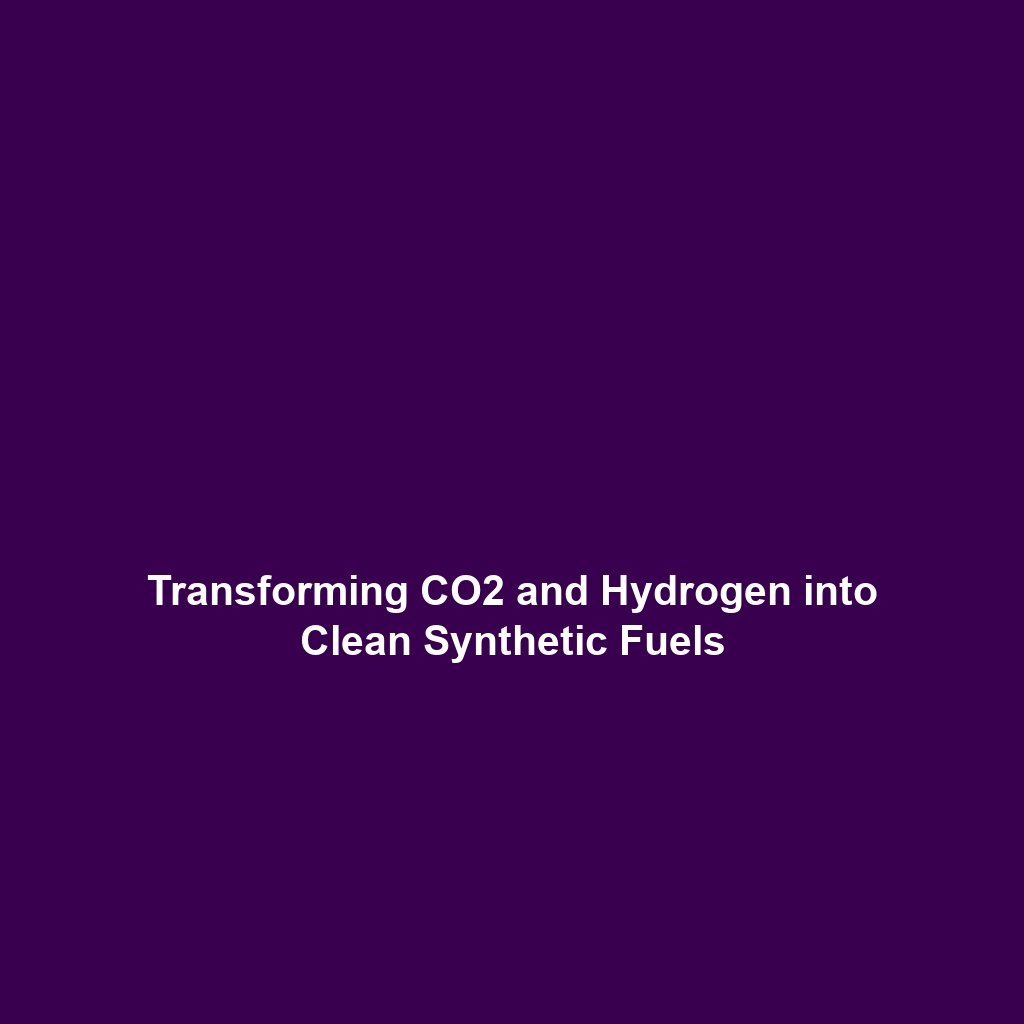The Long-Term Success of Sleipner: Viability of Geological CO2 Storage
Introduction
The long-term success of the Sleipner project stands as a testament to the viability of geological CO2 storage, a critical element within the broader realm of Carbon Capture & Storage (CCS). Since its inception in 1996, Sleipner has successfully captured and stored over 20 million tons of CO2, thus shaping how we view sustainable energy solutions. As global concerns about climate change escalate, the lessons learned from Sleipner provide valuable insights into how geological storage can effectively mitigate greenhouse gas emissions and support international climate goals.
Key Concepts
Understanding the viability of geological CO2 storage through the Sleipner project involves several key concepts:
1. Geological Carbon Storage Mechanisms
Geological storage involves injecting CO2 into deep underground formations, where it can be securely trapped. Sleipner utilizes a saline aquifer, whereby injected CO2 displaces brine, and the geological cap rock effectively seals the formation, preventing any upward migration.
2. Importance of Monitoring and Verification
Continuous monitoring is crucial to verify that the stored CO2 remains contained. At Sleipner, various techniques such as seismic surveys help track the movement of CO2, ensuring ongoing safety and effectiveness of the storage process.
3. Regulatory and Public Acceptance
Effective regulation and public confidence are essential for scaling up CCS technologies. The successful operation of Sleipner offers a framework for addressing regulatory challenges and enhancing community involvement in geological storage projects.
Applications and Real-World Uses
The successful model established by Sleipner has paved the way for several significant applications within Carbon Capture & Storage (CCS). Here are some noteworthy examples:
- Industrial Emissions Reduction: Companies in sectors such as cement and steel manufacturing are adopting similar geological CO2 storage methods to lower their carbon footprints.
- Enhanced Oil Recovery (EOR): Captured CO2 is used to improve oil recovery rates, making storage economically viable while also utilizing existing infrastructure.
- Climate Change Mitigation: Governments worldwide are considering proposals that replicate Sleipner’s successful practices for national and regional climate strategies.
Current Challenges
While the success of Sleipner demonstrates the potential for geological CO2 storage, several challenges remain:
- Technical Challenges: Ensuring long-term integrity of storage formations requires advanced technology for monitoring and maintenance.
- Public Perception Issues: There are concerns regarding the safety of geological storage that must be effectively addressed to gain broader acceptance.
- Economic Constraints: High initial investment and operational costs can deter new projects from being developed.
Future Research and Innovations
Future research in geological CO2 storage is aimed at enhancing the efficiency and cost-effectiveness of CCS technologies. Innovations include:
- Next-Generation Monitoring Technologies: The development of more sophisticated sensors can improve the tracking of CO2 migration underground.
- Advanced Simulation Models: These models enhance predictive capabilities regarding CO2 behavior in geological formations.
- Alternative Storage Sites: Research is underway to identify new geological formations that are suitable for CO2 storage beyond saline aquifers.
Conclusion
In summary, the long-term success of the Sleipner project has solidified the viability of geological CO2 storage as a key component of Carbon Capture & Storage (CCS) efforts worldwide. By demonstrating effective methodologies and ongoing monitoring practices, Sleipner provides a foundation for future advancements in CCS technologies. Stakeholders are encouraged to explore further research and consider the adaptation of similar strategies to drive carbon emissions reduction. For more insights on CCS technologies and their impact, visit our related articles on CCS Technology and Carbon Emissions Reduction Strategies.









